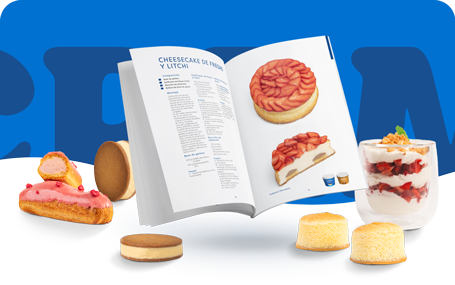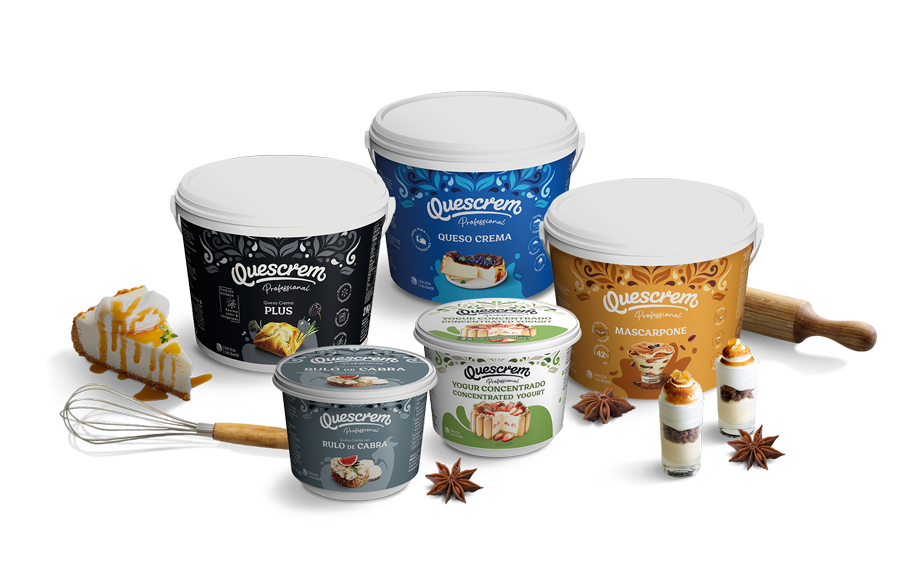The pastry industry is becoming more and more similar to the fashion industry. We are facing a pastry industry that continuously innovates and surprises and where everything changes very fast. Pastry chefs from all over the world show us every season new and surprising pastry proposals, as if it were a fashion show. Events such as the Paris Pastry Show or Bakery China, where we have participated in several editions, are true showcases of this creative pulse that moves the universe of professional pastry.
Pastry creativity is based on food innovation and current food trends, and from the mixture of all these new concepts and formats, new ingredients and techniques, and new business models in professional pastry, all of which constitute the new trends in pastry.
Three major trends in today’s professional pastry
Although we will go into detail later on about new concepts and formats, new ingredients and techniques, and new business models, we can see three major general trends that are increasingly influencing today’s pastries:-
Less sweet and more natural
-
Evolution of traditional pastries
-
Most Instagrammable cakes
New concepts and formats in professional pastry
-
Hybrid pastry
-
The mini format is becoming more and more popular in the bakery industry
-
Multi-sectioned cakes and Fault Line Cakes
-
Babka, the cake that comes from the East
-
The “evasion” of island cakes
-
Veggie pastries and vegetable flavors
New ingredients and techniques in professional pastry making
-
Pandan, a new ingredient from Japan
-
Inulin, the vegetable fiber that provides creaminess
-
Cutting-edge pastry designs thanks to laser technology
New business models in professional bakery
-
The rise of freshly baked goods
-
Pastry shops offering products with customized designs
-
Delivery service is incorporated into the pastry world
-
Pop-up bakery businesses



